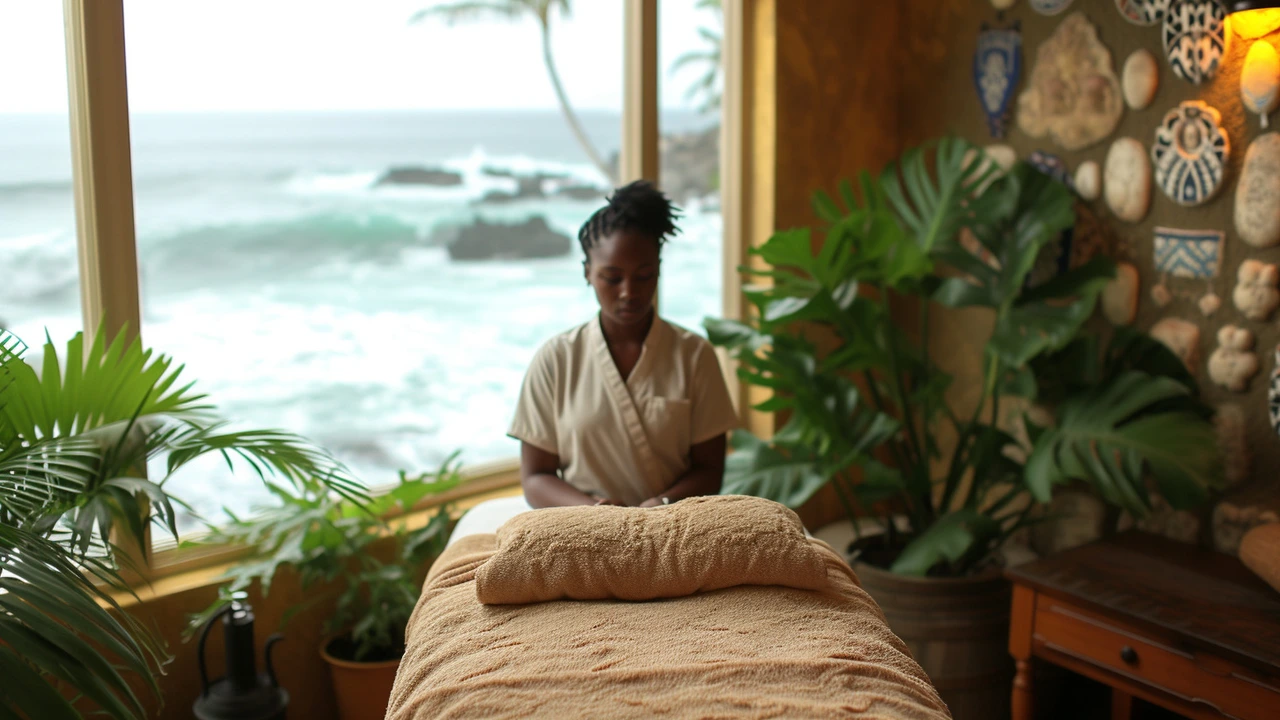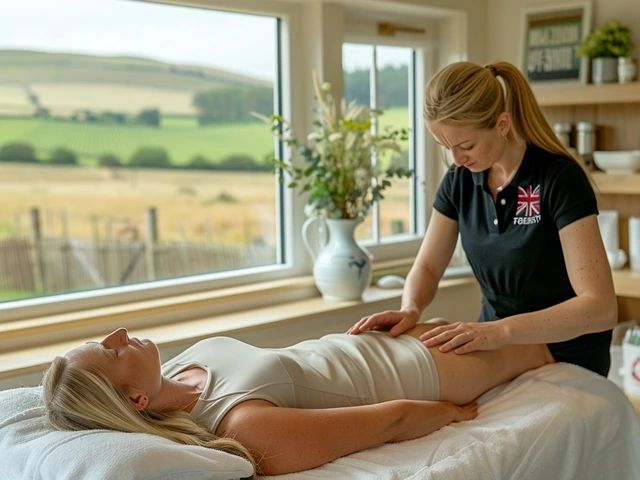Hawaiian massage technique: what Lomi Lomi and Kahuna really feel like
Hawaiian massage isn't just about kneading muscles. Lomi Lomi and Kahuna blend long, flowing strokes with breath, rhythm, and intention to ease tension and calm the mind. If you expect a standard deep-tissue session, be ready for something more rhythmic and whole-body. That style can feel like a wave moving through your muscles rather than a single spot getting worked on.
What happens during a session
Most sessions start with a short chat about your health and goals. Therapists often use warm oil, wide forearm strokes, and fluid transitions that cover large areas—back, legs, arms, and sometimes the torso. Music, guided breathing, or quiet moments are common. Pressure varies: tell the therapist if you want firmer or gentler touch. Expect a mix of hands and forearms; therapists sometimes use flowing, dance-like movements to keep rhythm.
Sessions usually run 60–90 minutes. You’ll lie on a massage table, typically draped for modesty, and the therapist will move around you to keep the strokes continuous. The goal is to release tension gradually, so immediate soreness is rare, but you might feel warm and loose afterwards. Hydration helps reduce mild post-session fatigue or soreness.
Practical tips: before, during, and after
Before: wear comfortable clothing to your appointment and avoid heavy meals. Mention any medical issues—pregnancy, recent surgery, blood clots, or skin problems—so the therapist can adapt techniques. If you're anxious, a shorter session first helps you get used to the style.
During: speak up. If a stroke feels too light or too firm, say so. These massages rely on trust and communication. Breathe with the movements; matching your breath to the therapist’s rhythm often deepens the relaxation. If certain areas feel emotional or tight, that's normal—stay present and let the therapist know if you need a pause.
After: plan for gentle activity, like a short walk or quiet rest. Drink water to help flush metabolic waste released by the massage. You may notice better sleep or reduced stiffness for several days. If soreness develops, a warm shower and light stretching usually help.
How often? Try once a week if you want change in chronic tension, or once a month for general maintenance. Listen to your body—some people benefit from more frequent sessions while others feel great after one.
Choosing a therapist: look for training in Lomi Lomi or Kahuna techniques and respect for Hawaiian culture. Ask about experience, whether they work with forearms often, and if they adapt pressure to your needs. A good therapist will ask health questions, explain the session, and check in during the massage.
Hawaiian massage can feel deeply relaxing and strangely energizing at the same time. If you want a massage that moves beyond isolated knots and treats your whole body and breath, try one session with clear communication and see how your body responds.

Lomi Lomi: Redefining the Massage Experience
Hey there! Today, I'm diving deep into the world of Lomi Lomi, an amazing Hawaiian massage technique. Trust me, it’s not just a typical massage; it's a holistic wellness practice that works wonders on your body and soul. Explore with me the unique features and benefits that a Lomi Lomi massage brings to redefine your massage experience in the most unforgettable way. Get ready to enter a world of true relaxation and rejuvenation!
Categories
- Health and Wellness (148)
- Alternative Therapies (86)
- Massage Therapy (40)
- Travel and Culture (15)
- Beauty and Skincare (9)
- Holistic Health (8)
- Health and Fitness (5)
- Spirituality (5)
- Other (2)
- Personal Development (2)
Popular Articles

Discover Hakali: The Hidden Gem of New Zealand
Sep, 14 2024

Improve Your Posture with Amma Massage
Aug, 5 2023

